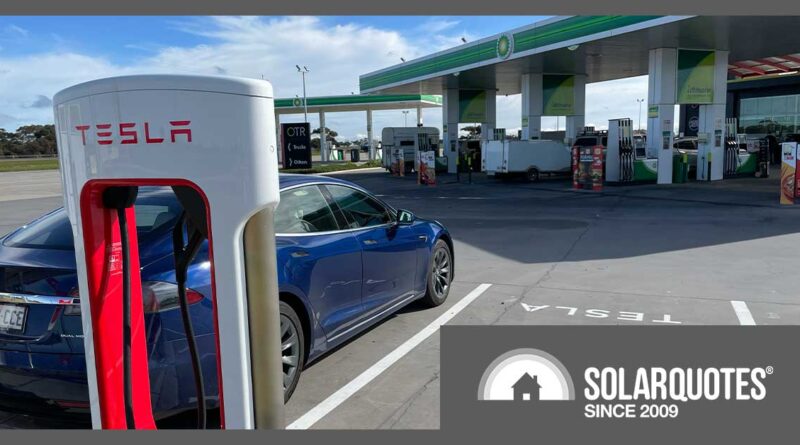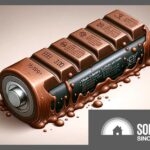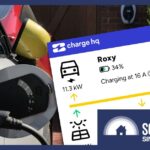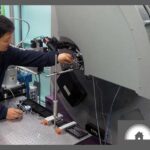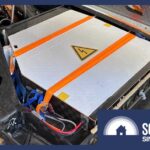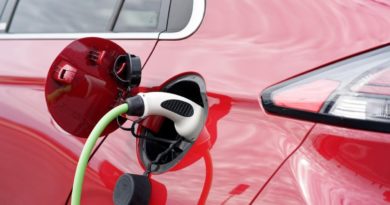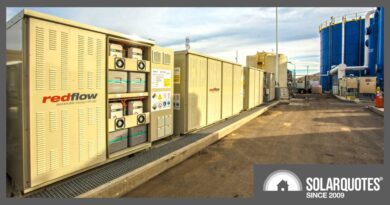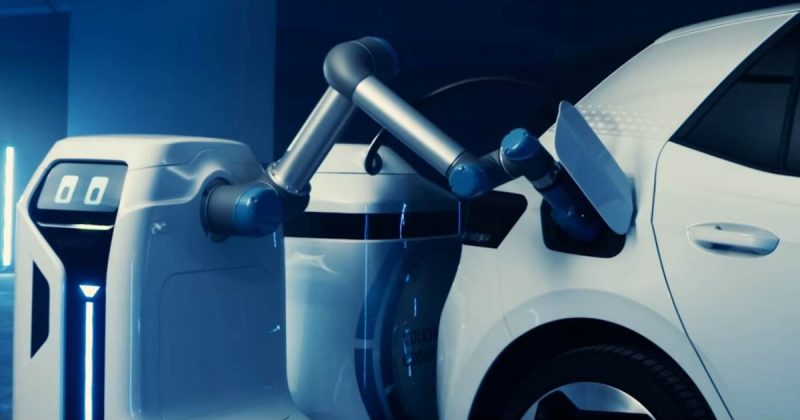Five-Minute Full Charge? The Promise Of Indium-Anode EV Batteries
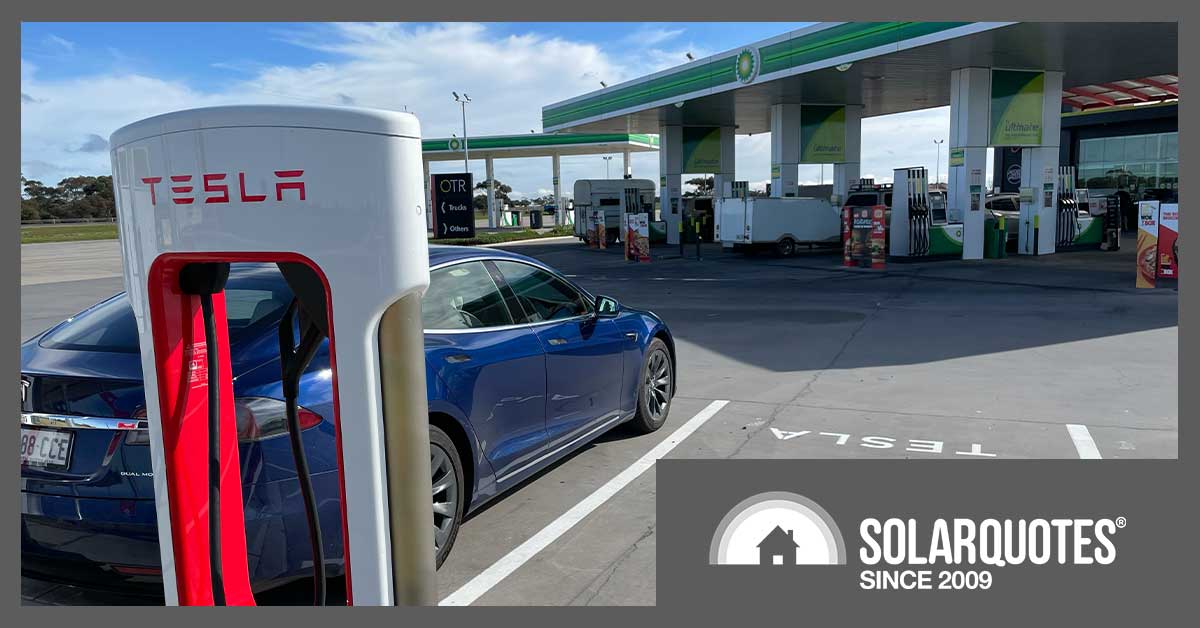
New battery tech could charge an EV in the time it takes to fill with petrol.
Researchers at Cornell University claim their new lithium battery design is capable of fully charging an EV in less than five minutes.
If they can commercialise this tech (a big if), that would make filling up a car with electrons as quick as filling up with dinosaur juice. That would be incredible.
This leap in battery storage technology from Cornell University is undoubtedly exciting, and hats off to them for pushing the envelope. Yet, there’s a compelling case to be made that the current state of EV tech already hits the mark. For instance, I’m waiting on delivery of a Model 3 that claims a range of over 600km, capable of adding 280 km in just 15 minutes. Personally I’m happy to stop every 2.5 – 3 hours for 15 minutes. That’s a threefold improvement in charging speed compared to my 4-year-old Model S, which can take 45 minutes to top up on a big trip.
SciTechDaily reports that the secret sauce behind the Cornell researchers’ rapid charging battery design lies in the use of indium as a battery anode. Indium possesses two key attributes: a remarkably low migration energy barrier and a moderate exchange current density.
- Low Migration Energy Barrier: Think of the migration energy barrier as a hurdle that ions (tiny charged particles) have to jump over during the charging process. A low barrier means the ions can move more freely and quickly, speeding up the charging process.
- Moderate Exchange Current Density: This is akin to the rate at which ions can “dock” onto the anode (the battery’s negative terminal) and start storing energy. A moderate rate ensures a steady and efficient flow, contributing to faster charging without compromising battery life.
Indium anodes not only pave the way for batteries that charge in minutes, but also promise better longevity over thousands of cycles.
However, the journey from laboratory to market is not without its hurdles. While indium’s performance metrics are promising, its weight and practicality for widespread application are questionable. The research team sees this as an opportunity rather than a setback. The quest for alternative lightweight materials that mirror indium’s desirable characteristics is on, with computational chemistry and generative AI tools expected to play a pivotal role in identifying new candidates.
The Cornell research paper is here.
Original Source: https://www.solarquotes.com.au/blog/indium-anode-ev-batteries/

